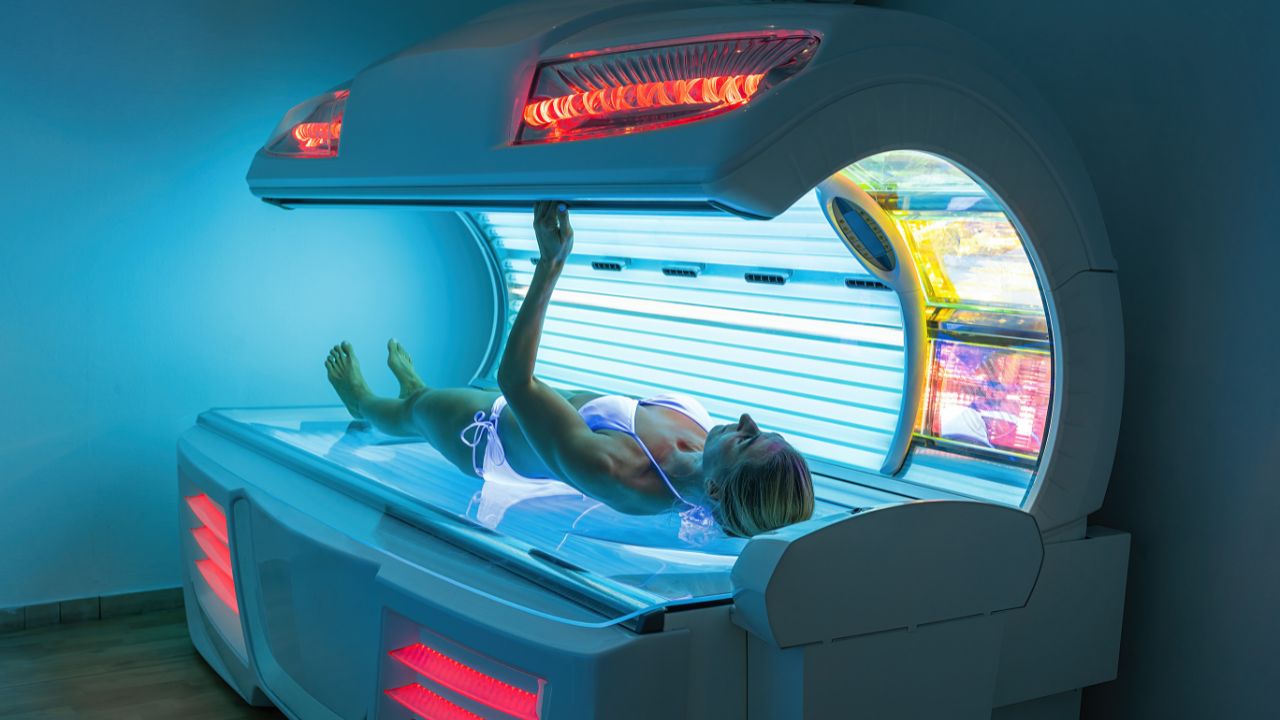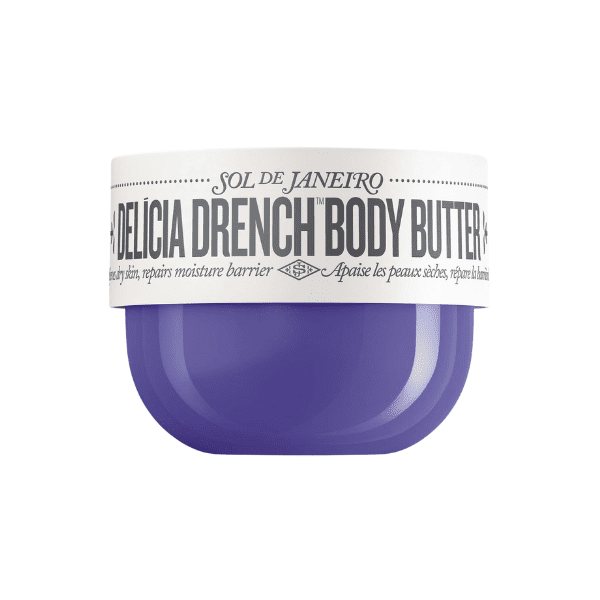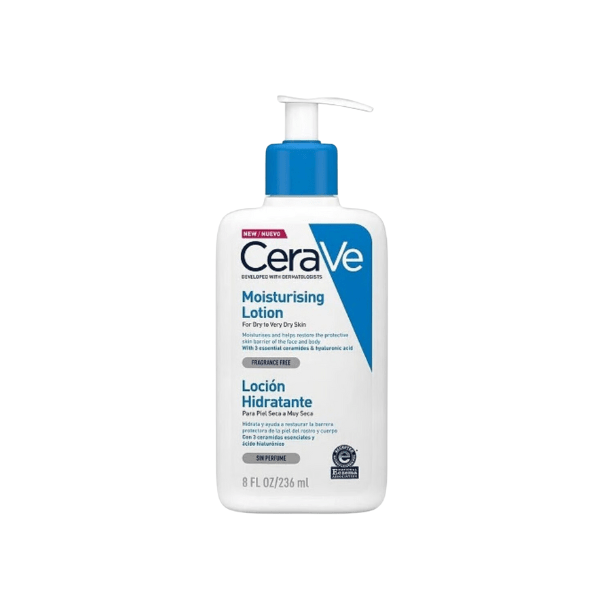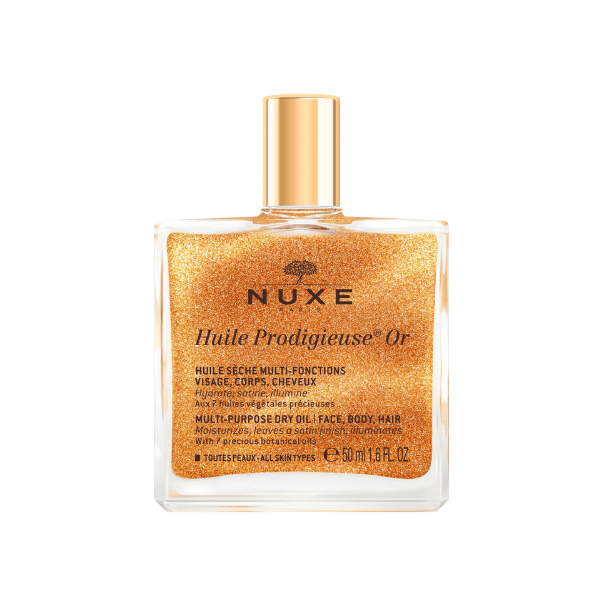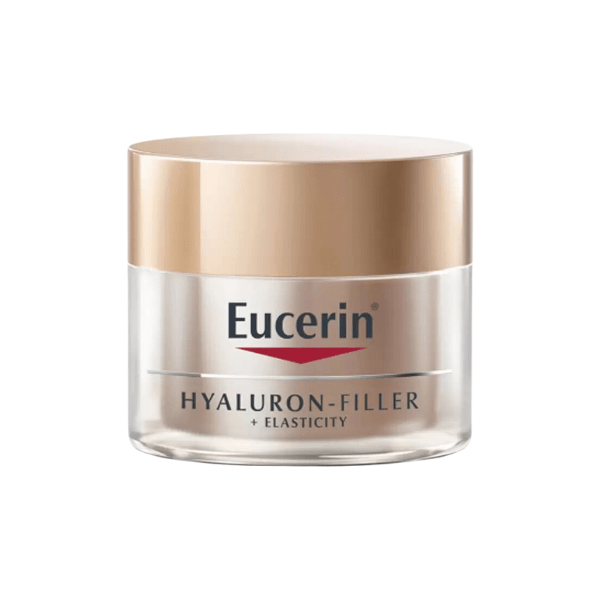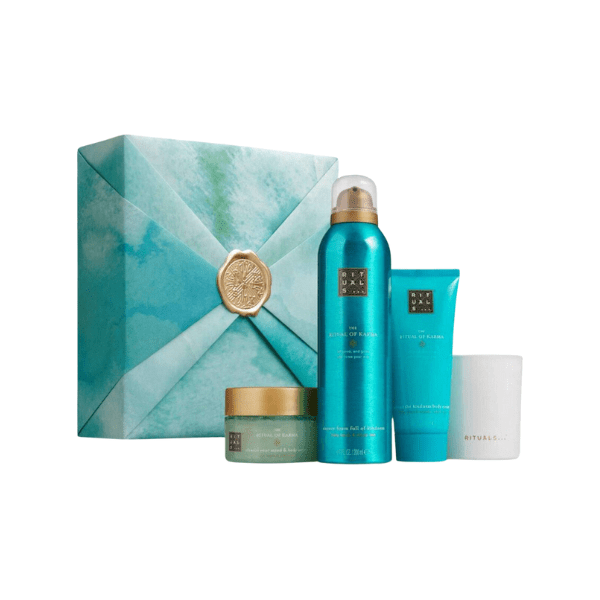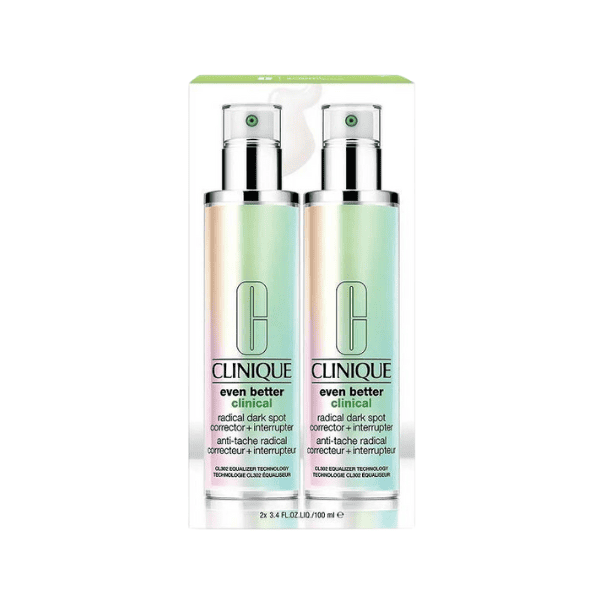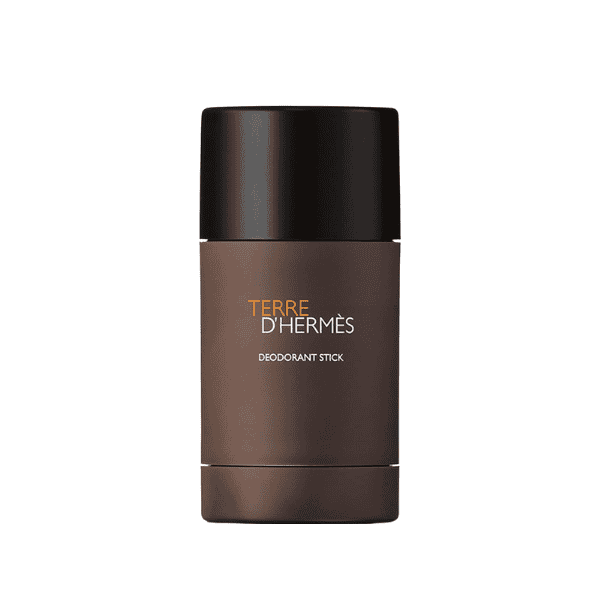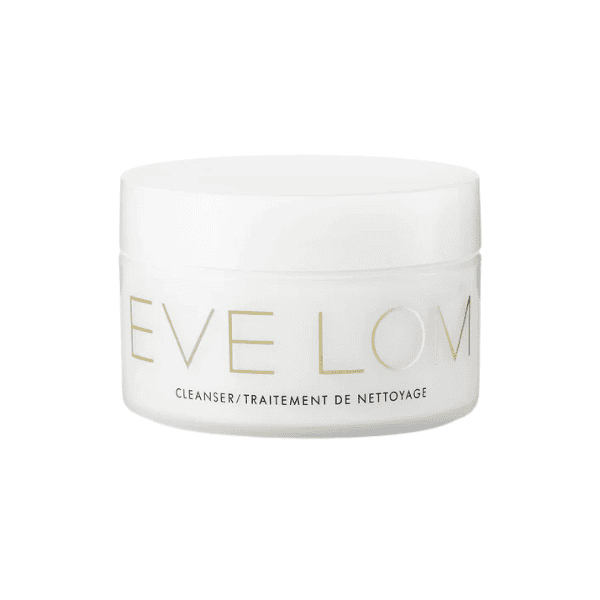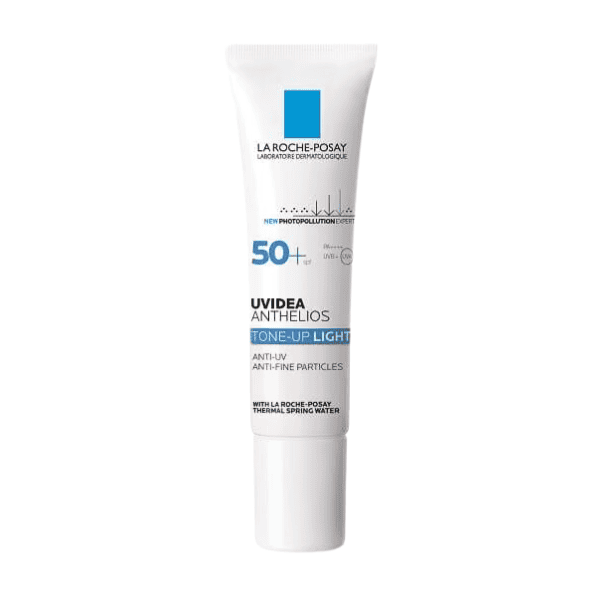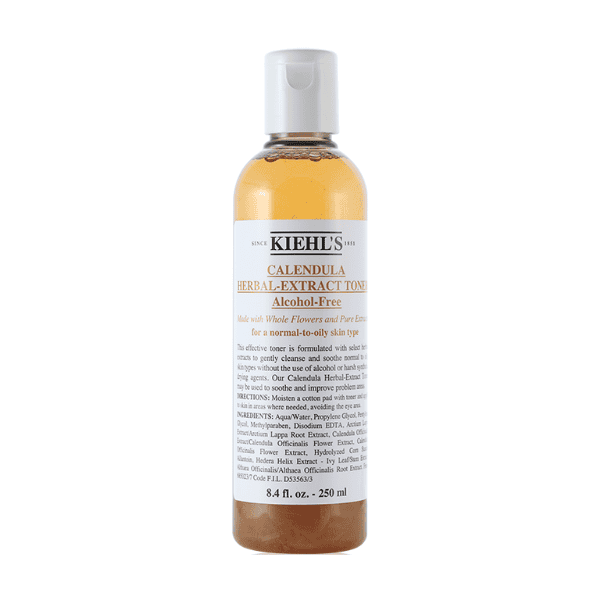Can You Wear Sunscreen on a Sunbed? The Truth You Need to Know
Picture this: You’re about to step into a tanning bed, anticipating that perfect, golden glow. But then a thought crosses your mind: should you use sunscreen? After all, sunscreen is specifically designed to protect your skin from harmful UV rays, right? So, does it logically make sense to apply it while intentionally exposing yourself to intense UV radiation?
This vital question sparks numerous debates in beauty and skincare circles. Some claim that sunscreen completely defeats the purpose of using a sunbed, while others argue it’s absolutely necessary to prevent severe skin damage. So, what’s the definitive answer?
Let’s meticulously break it down and uncover the truth about wearing sunscreen on a sunbed, drawing upon crucial scientific facts and expert recommendations.
3 FREE Perfume Samples
We’ve recently created a Whatsapp group for beauty enthusiasts like you! To grow this community we temporarily offer 3 free perfume samples when you join!
Make sure to join asap, we’re running out of free samples soon! After joining, you can place an order and claim the random free samples.
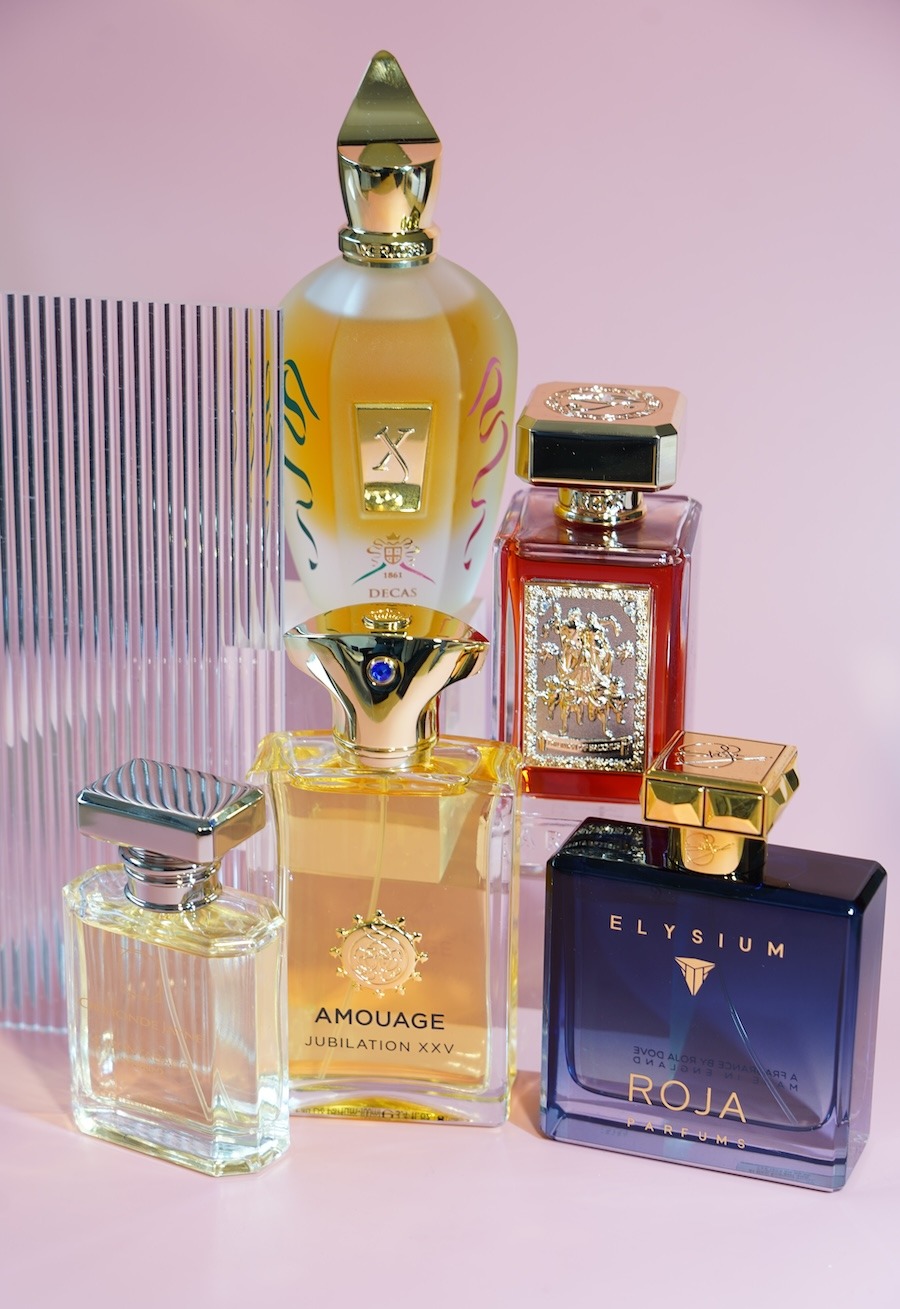
How Do Sunbeds Work? A Quick Science Lesson
Before we delve into the sunscreen question, let’s quickly discuss how tanning beds genuinely function and the type of radiation they emit.
The UV Breakdown: UVA vs. UVB
Sunbeds deliberately emit both UVA and UVB rays, just like natural sunlight, but often in different proportions:
- UVA rays (320–400 nm wavelength) penetrate deep into the skin’s dermis layer, causing premature aging, distinct wrinkles, leathery texture, and specific pigmentation changes. They primarily oxidize existing melanin, leading to a quick, immediate tan that often fades swiftly.
- UVB rays (290–320 nm wavelength) affect the skin’s epidermal surface, triggering the production of new melanin for that longer-lasting tan—but they are also the main culprits behind painful sunburns and direct DNA damage.
Unlike outdoor sunlight, commercial sunbeds often feature a significantly higher concentration of UVA radiation. This artificial imbalance speeds up the tanning process, creating a rapid bronzing effect, but it simultaneously increases the inherent risk of profound skin damage, accelerated premature aging, and even various forms of skin cancer.
Given this intense UV exposure, shouldn’t sunscreen be a straightforward choice? Well, it’s far more complex than that.
Can You Wear Sunscreen on a Sunbed? The Expert Stance
The short answer: You can technically apply sunscreen before using a sunbed, but it is emphatically not recommended by dermatologists or public health organizations. Doing so is counterproductive to both your tanning goals and, more critically, your skin’s long-term health. Here’s why:
1. It Blocks the Tanning Process
Sunscreen is specifically designed to reduce or prevent UV absorption and penetration into the skin. If you apply an SPF product before a tanning session, it directly limits UV exposure, making it significantly harder to achieve any noticeable tan.
Essentially, you’re investing money in a tanning session that will be less effective, as the protective barrier diminishes the very effect you seek.
2. Increased Risk of Overexposure
Many individuals mistakenly assume that using sunscreen allows them to remain in the tanning bed for extended durations without suffering a burn. This dangerous, false sense of security can lead to prolonged, excessive exposure, drastically increasing the cumulative risk of severe skin damage. Even with sunscreen, you are still exposed to carcinogens.
3. Confusion Between Tanning Lotions and Sunscreen
Some individuals confuse indoor tanning lotions with legitimate sunscreen. Tanning lotions are uniquely formulated to accelerate the cosmetic effects of UV exposure (often containing ingredients like tyrosine or dihydroxyacetone (DHA) to enhance melanin production or create a temporary tint).
These lotions do not offer any meaningful UV protection. Using the wrong product could lead to an ineffective tanning session, or worse, expose you to greater harm by falsely implying safety.
Is There a Safer Way to Tan Indoors?
If your goal is to achieve a beautiful, sun-kissed appearance without incurring dangerous UV damage, the following alternatives are the only truly safe methods:
1. Embrace Sunless Tanning Methods
This is the gold standard for achieving a tan without any UV radiation.
- Self-tanning mousses or sprays: These products contain DHA, a colorless sugar that reacts with amino acids in the skin’s outermost layer to create a temporary, natural-looking tan. Apply evenly for best results.
- Professional spray tans: Applied by trained technicians, these offer a streak-free, customized tan in minutes. They are highly effective and completely UV-free.
- Bronzing drops: Mix these concentrated drops into your daily moisturizer for a gradual, customizable glow.
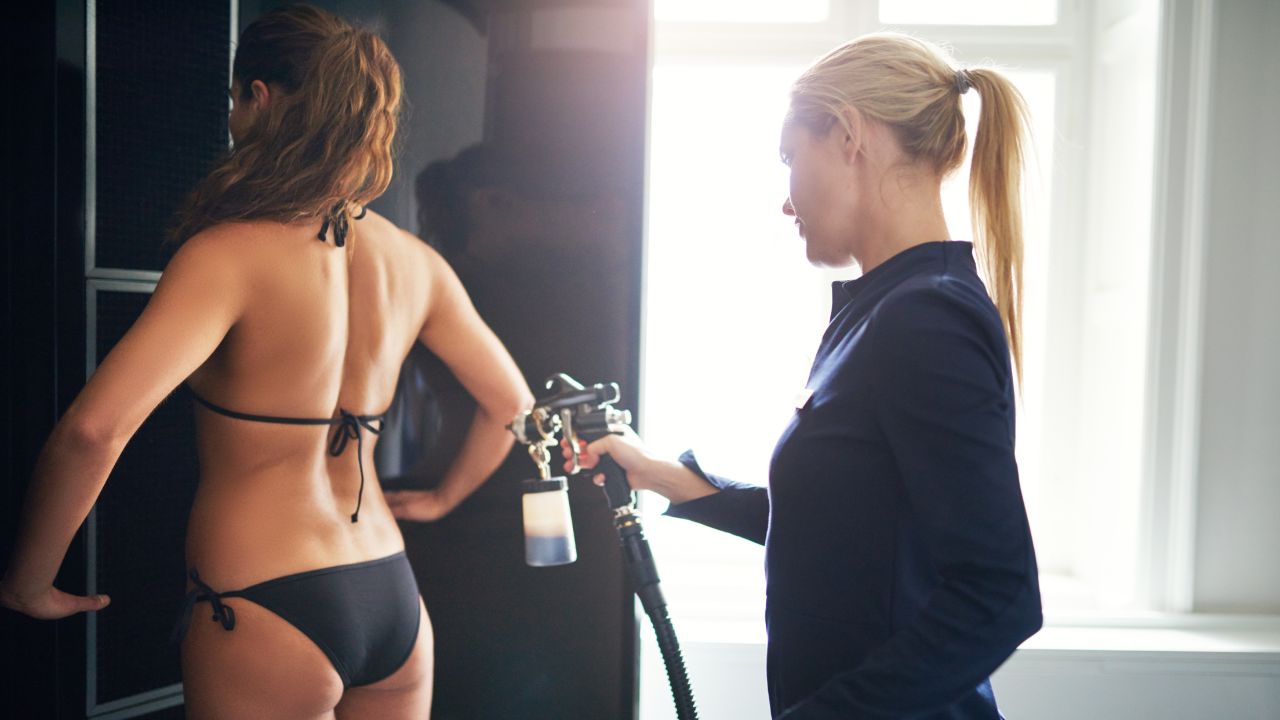
2. Understand “Sunbed-Specific Tanning Lotions”
If a salon recommends an “accelerator” or “bronzer” lotion, understand that these products are designed to enhance the tanning process, not protect you from UV. They do not substitute for actual sun protection. The American Academy of Dermatology advises against all forms of indoor tanning, regardless of lotions used.
3. Hydrate & Moisturize Diligently
UV exposure, even minimal, can dehydrate skin, making fine lines and a dull complexion more apparent. A diligently applied moisturizer, rich in humectants and emollients, along with consistent internal hydration (drinking ample water), can help keep your skin looking plump, resilient, and healthy, mitigating some cosmetic damage. A good moisturizer and drinking plenty of water can help keep your skin looking plump and healthy.
Top 10 Skincare & Bodycare products
Below you can find the most popular skincare products right now on Beautinow.com.
The Undeniable Dangers of Indoor Tanning
Skipping sunscreen does not make sunbeds safe; indeed, indoor tanning dramatically escalates your health risks. According to the World Health Organization (WHO) and the International Agency for Research on Cancer (IARC), tanning beds are classified as Group 1 carcinogens—the highest risk category, alongside tobacco and asbestos. This classification signifies a definitive link to cancer.
Here’s what excessive sunbed use, with or without inadequate sunscreen, can lead to:
- Elevated Skin Cancer Risk: Indoor tanning before the tender age of 35 increases the risk of melanoma (the deadliest form of skin cancer) by a staggering 75%. It also significantly raises the risk of basal cell carcinoma and squamous cell carcinoma, which are the most common types.
- Accelerated Premature Aging: Consistent UVA ray exposure directly breaks down vital collagen and elastin fibers in the skin, causing irreversible premature aging. This manifests as distinct wrinkles, fine lines, unwanted sagging, and a visibly leathery texture over time.
- Hyperpigmentation: Uneven skin tone, persistent dark spots (like solar lentigines or age spots), and challenging melasma can prominently appear due to chronic UV exposure, creating a blotchy complexion.
- Ocular Damage: Unprotected eyes are susceptible to serious damage, including cataracts, photokeratitis (sunburn of the cornea), and even ocular melanoma, a rare but dangerous eye cancer. Proper, protective eyewear (goggles) designed for sunbeds is essential, but even then, residual risk exists.
- Immune System Suppression: UV radiation can temporarily suppress the body’s immune system, making it more vulnerable to infections and potentially reducing its ability to fight off cancerous cells.
If you are a frequent sunbed user (though strongly discouraged), scheduling regular, thorough skin check-ups with a qualified dermatologist is absolutely crucial to vigilantly monitor any abnormal moles or suspicious spots.
At the end of the day, a cosmetic tan fades, but irreversible skin damage lasts forever. So, before stepping into a sunbed, ask yourself a critical question: Is a fleeting tan truly worth the undeniable health risk? Would you rather achieve a healthy glow safely, or gamble with your skin’s inherent well-being? The choice for a radiant, undamaged future is ultimately yours.
